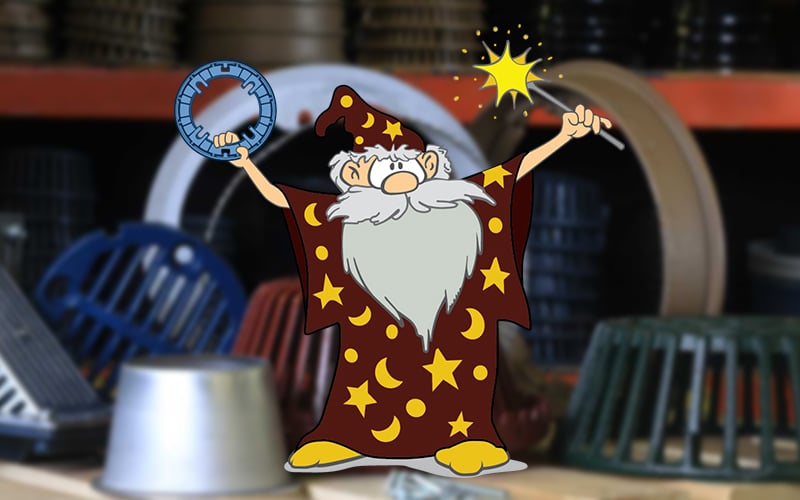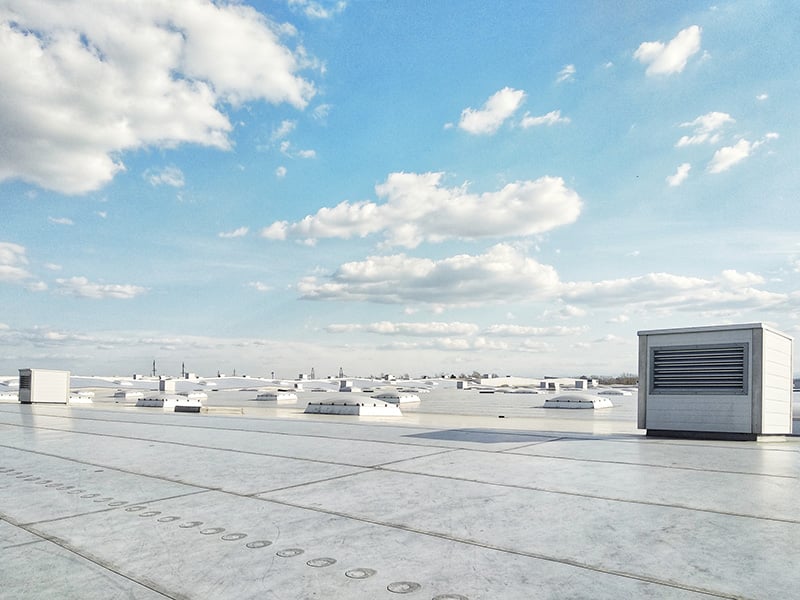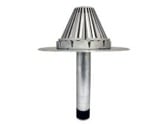With proper operation and regular maintenance, high-quality power tools can last well beyond their warranties. Unfortunately, tools with advanced electronics and circuit boards—such as the Leister VARIMAT V2—also require the right power sources for maximum life and performance.
When using an AC-power commercial portable generator, the consistency of the electric current is specifically important. On most generators, this is listed as total harmonic distortion (THD). The higher the THD, the greater the fluctuations in current flow. If THD is too high, it will overheat critical components, and if it is too low, it will negatively impact performance.
In this post, we will explain total harmonic distortion’s impact on power equipment, and detail what you need to consider when purchasing a commercial portable generator for your construction site.
What is Total Harmonic Distortion?
Alternating current (AC) gets its name from the fact that the electronic particles within the current regularly fluctuate polarity from positive to negative. This gives the flow of electricity the appearance of a sine wave (see below).
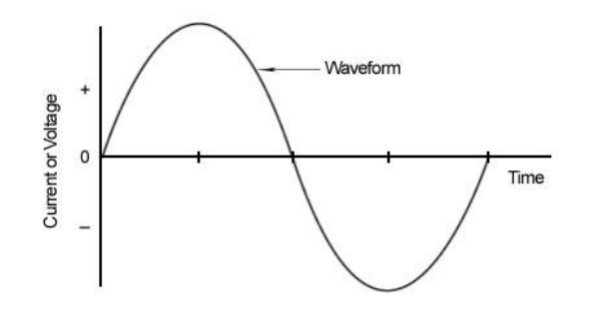
Source: Associated Power Technologies
In ideal conditions, the sine wave alternates between positive and negative consistently over a specific time period. However, a variety of factors can cause small distortions or irregularities, which show themselves as spikes and dents (see below).
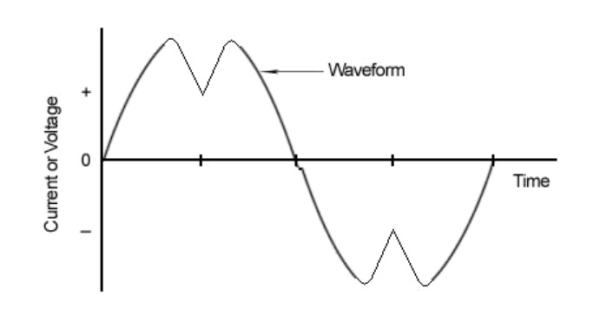
Source: Associated Power Technologies
In the most basic terms, total harmonic distortion is the average percentage of how much an electrical current’s sine wave differs from what it would be under ideal conditions.
So in essence, the lower the THD, the more consistent and clean the power supply.
What Does This Mean to Your Power Equipment?
Power sources with higher harmonic distortion overheat, short out and damage the internal electrical components of power equipment.
According to IEEE Standard 519, Recommended Practices and Requirements for Harmonic Control in Electrical Power Systems, when a power source has higher levels of harmonic distortion the result is subtle malfunctions in the equipment that in some cases may have serious consequences.
To further emphasize the point, Associated Power Technologies in their paper, Total Harmonic Distortion and Effects in Electrical Power Systems, states that, “Unwanted distortion can increase the current in power systems, which results in higher temperatures in neutral conductors and distribution transformers... If left unchecked, increased temperatures and interference can greatly shorten the life of electronic equipment and cause damage to power systems.”
While this may not be a big deal for your basic power tools, a tool with a digital interface and advanced circuitry could:
- Experience minor malfunctions that affect performance, such as inconsistent heat output from an automatic welder.
- Shut down to protect itself against large spikes, resulting in brief work stoppage and possible delays.
- Break down sooner than it would otherwise, causing avoidable downtime and costly repairs.
Ultimately, the quality of your work will be impacted, and repeatedly poor power will cost you hundreds or thousands of dollars in repairs and replacement parts.
Main Takeaway
When shopping for a commercial portable generator, most manufacturers will list the THD on the product specification table or on a label.
The IEEE Standard 519 recommends that computers and allied equipment, such as programmable controllers, use an AC power source with no more than 5% harmonic voltage distortion, with no single harmonic being more than 3%.
By making the investment in a clean, consistent power generator today, you will end up saving yourself time and money down the road.

Hy-Tech Roof Pro Portable Generators
Made in the U.S.A., Hy-Tech’s Roof Pro Family of Portable Generators are the first generators designed by roofers for the roofing and construction industries. Download the Hy-Tech Roof Pro Portable Generator Brochure to learn more.

